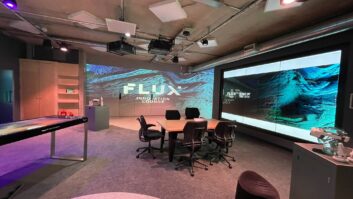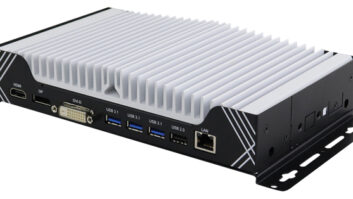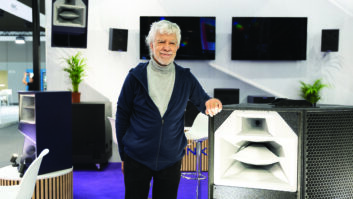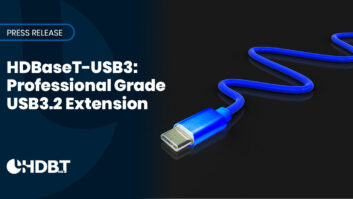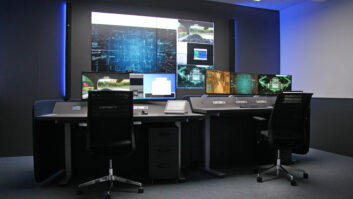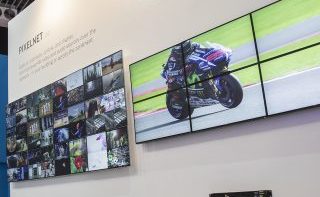
Distributed display wall system, PixelNet 2.0, which was announced by InFocus just before ISE, is being showcased here in Amsterdam alongside the brand new Jupiter StreamPoint streaming encoders.
InFocus is showing the new version of PixelNet 2.0’s added native support for 4K video, fibre network and audio for a scalable UHD video distribution system that can support an unlimited number of inputs and displays in multiple locations globally.
The company is also debuting StreamPoint encoders that deliver up to four concurrent video streams and audio recordings in 1080p HD or 4K UHD resolution, supporting installations with Jupiter by InFocus for PixelNet 2.0, Catalyst, as well as Canvas. The encoders allow users to upgrade nearly any display wall and collaborative visualisation system with technology for streaming and recording video.
Brady O Bruce, chief marketing officer at InFocus, said: “We have created this StreamPoint encoder, which converts analogue to digital, because our customers wanted an InFocus-branded encoder. In the US customers call it a ‘one throat choke’,” he laughed. “People just don’t want to go to a third party. We released our decoder in 2012; when everything is from the same company, it’s easier to manage.”
He added: “We have also built some tools into StreamPoint to make it easy for people to manage a global network, tying it into PixelNet 2.0. We took advantage of new technology, which makes it very powerful indeed.”
Meanwhile, new distributed display wall system PixelNet 2.0 increases the density of processing power, connecting more sources and displays to a single input or output node, while providing centralised control to support a wide variety of installations with live audio and video, streaming data and other real-time sources of information for control rooms, conference rooms, lobby displays, offices and classrooms.
New features enable real-time HD or 4K information display to a virtually unlimited number of screens at sites spanning a building, a campus or a continent.
Bruce continued: “With PixelNet 2.0 we’ve got 4K video built in, and we’ve added audio because people want to be able to send that, and have built in support for fibre networking so we can connect networks around the world.
If you owned a global chain of fast food restaurants you could control the signage in all of them from one place.”

